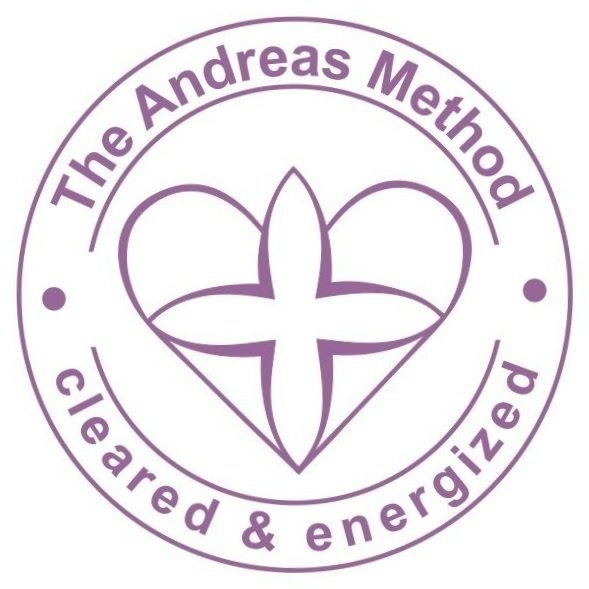Is Organic Produce really worth the extra pennies?
/Recent studies published in peer-reviewed journals have shown organic foods to have higher nutritional value. Many tests have been conducted, which compare the nutrient content of organic and conventional food grown on similar soils in the same region. The results show nutritional superiority of organic produce. [1]
Furthermore, the list of allowed pesticides in organic farming is highly restricted: only the least toxic controls, primarily derived from natural ingredients, are included.
Conventionally grown food is often tainted with harmful chemical residues. Pesticides can have many negative influences on health, including neurotoxicity, disruption of the endocrine system, carcinogenicity and immune system suppression. The Environmental Protection Agency (EPA) considers 60 percent of herbicides, 90 percent of fungicides and 30 percent of insecticides to be carcinogenic.
According to a new study by Harvard University, children with above-average pesticide exposures are twice as likely to have ADHD. [2]
The PLU-label used at stores helps you select organic fruits and vegetables: Organic produce is labeled with a 5-digit number beginning with number 9. Conventional produce has a four-digit number beginning with a 3 or 4. Genetically engineered produce has a five-digit number beginning with an 8.
Many people are not eating organic vegetables because they are sometimes either too expensive or too difficult to obtain. If you must buy conventional produce, there are ways to reduce your pesticide exposure.
Since 1995, the Environmental Working Group (EWG) has taken USDA and FDA test data in order to identify which conventionally produced fruits and vegetables are most contaminated with pesticides as well as those who are consistently clean.
An analysis by the EWG estimated that consumers could reduce their exposure to pesticides by almost 90 percent merely by avoiding foods on their "Dirty Dozen" list. [3]
The current EWG Shopping Guide lists Celery, Peaches, Strawberries, Apples, Blueberries, Nectarines, Bell Peppers, Spinach, Kale, Cherries, Potatoes and Grapes as the most contaminated. In case you can't find organic, safer alternatives are avocados, onions, mangos, eggplant, broccoli and asparagus.
Growing your own produce is another great alternative. All you really need is a dollop of land (or several containers), some healthy soil, and the desire to do it. Even if you live in an apartment you can have your own little herb garden in the kitchen (such as basil and parsley growing in pots). Plus, it will be a great experience for your children. In addition to learning where food comes from, children love to eat what they harvest.
Put your "Green Thumb" to use ;-)
Blessings,
Jeannette von Johnsbach
Sources:
1 Nutritional Superiority of Plant-Based Organic Foods, Dr. Charles Benbrook,
January 2010
2 Attention-Deficit/Hyperactivity Disorder and Urinary Metabolites of
Organophosphate Pesticides, Maryse Bouchard, PhD, David Bellinger, PhD,
Robert Wright, MD, MPH, Marc Weisskopf, PhD
3 www.epa.gov

